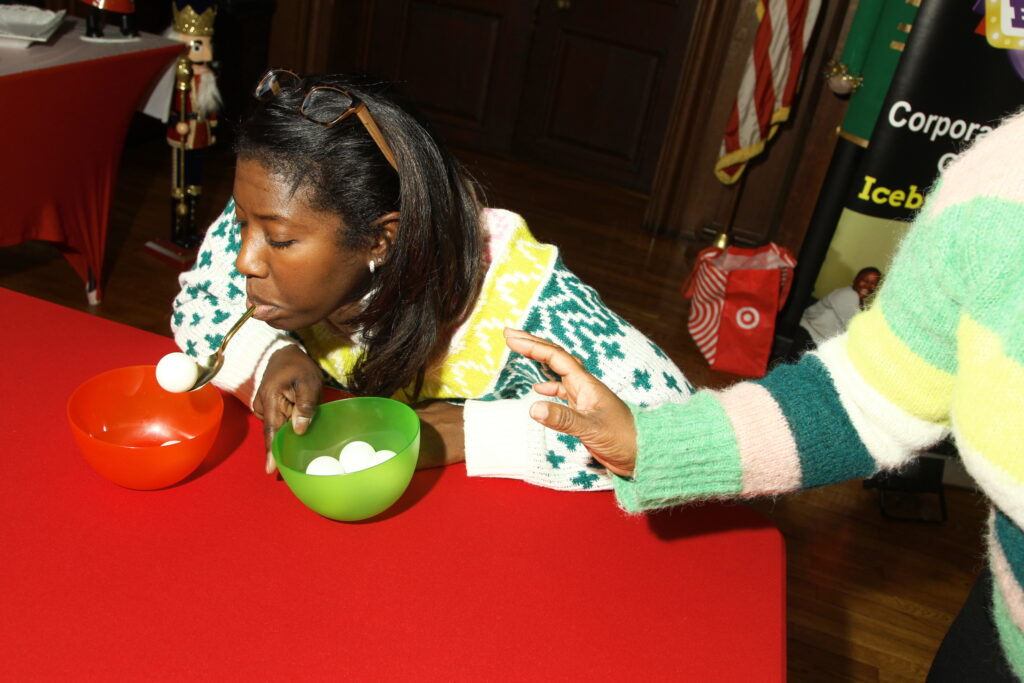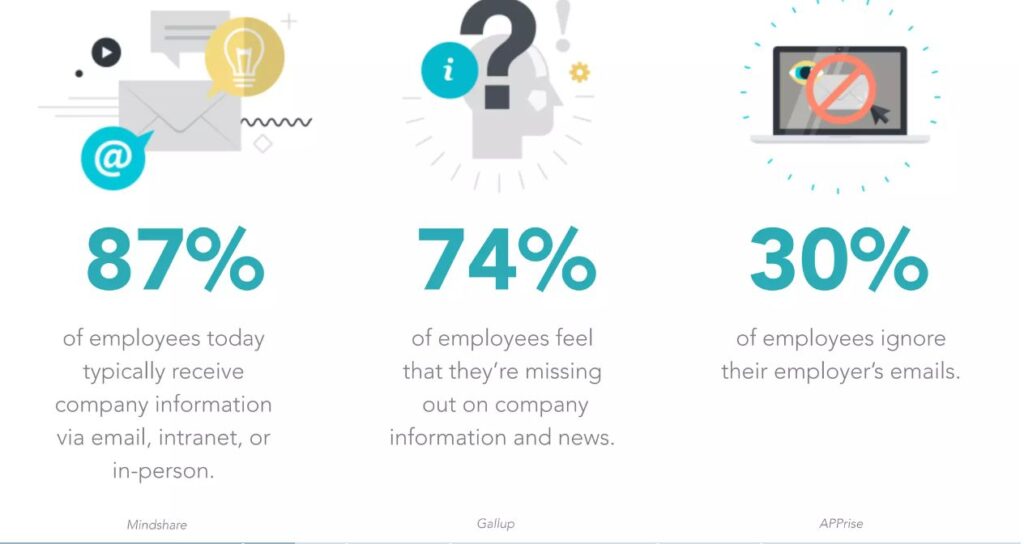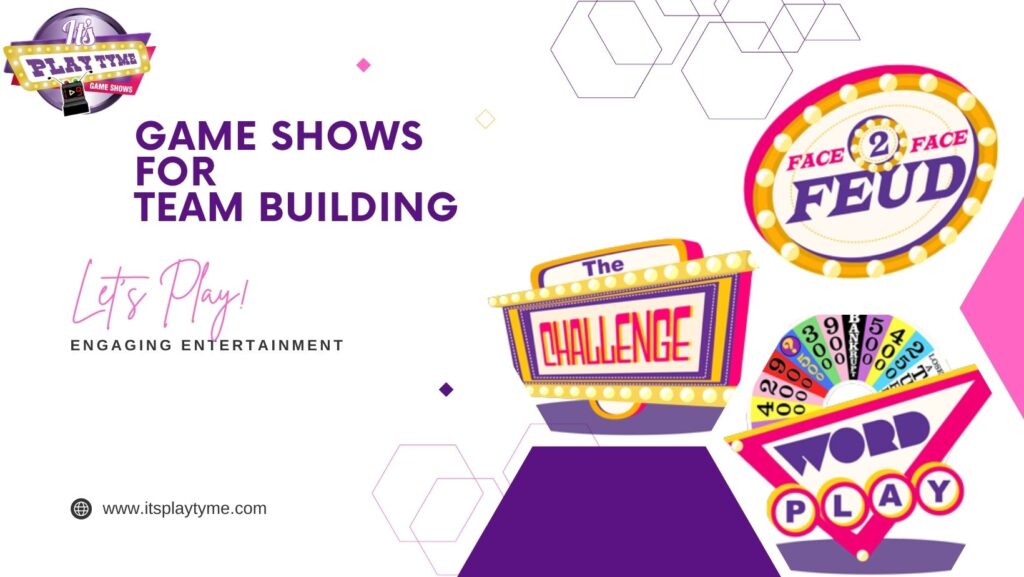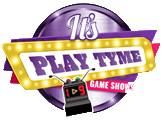Creating a successful team building plan requires careful planning and execution of effective strategies.
A well-designed plan can foster growth, collaboration, and trust among team members, leading to a more productive and high-performing team.
By incorporating a variety of team development activities, you can help your team build new skills, enhance communication, and work together more effectively.
Whether you are just starting to develop your team building plan or seeking ways to improve an existing plan, this section will provide you with valuable insights and tips to achieve success.
Effective Team Building Plan Strategies
Key Takeaways:
- Effective team building plans require careful execution
- Team development activities can improve collaboration, communication, and trust among team members
- By incorporating professional development opportunities, team members can improve their skills and contribute more effectively to the team
- Regular evaluation and adjustment of your team building plan is crucial for continuous improvement
- A long-term team building strategy can help foster a cohesive and high-performing team
1. Understanding the Importance of Team Building
Successful team building starts with understanding why it’s important. A well-designed team building plan can:
- Improve communication and collaboration among team members
- Boost morale and job satisfaction
- Increase productivity and efficiency
- Help identify and address issues within the team
To accomplish these goals, it’s important to incorporate engaging and impactful team building exercises into your plan.
Consider activities such as:
- Escape rooms or scavenger hunts
- Live Game Show Competition
- Team sports or outdoor activities
- Role-playing or problem-solving exercises
These ideas are just a starting point, and it’s important to tailor your team building plan to the specific needs and goals of your team.
When done correctly, a successful team building plan can have a significant positive impact on your team’s dynamics and overall success.
2. Assessing Your Team’s Needs and Goals

Assessing team goals
Before creating an effective team building plan, you must assess your team’s unique needs and goals.
This step will define the path you take toward a cohesive and high-performing team.
Begin with identifying the strengths and weaknesses of your team members. Use surveys, interviews, and assessments to gather information about their communication skills, problem-solving abilities, and areas for improvement.
Consider using anonymous surveys to encourage honest feedback from team members. You can also gather feedback from their supervisors and colleagues to get an all-encompassing view.
Once you have the necessary data, analyze it carefully to find common themes and patterns. Identify any areas where team members excel and areas for improvement.
Then, tailor your team development activities and workshops to help team members enhance their skills and work together more effectively.
1. Determine Team Goals
Assessing your team’s goals and objectives is another crucial step in building an effective team building plan.
This step involves considering the goals of your organization and how your team can contribute to achieving them.
Use a SWOT analysis to identify the strengths, weaknesses, opportunities, and threats within your team.
This process will help you understand how your team aligns with the larger goals and understand the necessary steps to achieve success.
Try setting specific team goals that align with the goals of your organization. Ensure these goals are challenging but realistic and achievable.
This creates a sense of unity among team members and motivates them to work together towards a common objective.
2. Creating an Action Plan
Use the data collected during the assessment phase to create a detailed plan of action.
Determine which team development activities, workshops, or other initiatives will be most effective at addressing the needs and goals of your team.
This is also an excellent opportunity to create a timeline for implementation, assigning responsibilities to team members and setting targets for each activity.
Establish metrics for measuring the effectiveness of your program and prepare to adapt the plan as you move forward.
Got Team Building Games? We Come to You…..

Minute-to-win-it-icebreakers
![]()
Book a live game show experience today!
Contact us for further details.
We come to your office, venue or off-site location..
For Immediate assistance by text – 917-670-4689
No deposit required. 5-star rated on google.
3. Designing Engaging Team Building Activities

employee-onboarding-ideas
Designing engaging team building activities can be a great way to promote collaboration, communication, and trust among team members.
Such activities can foster team bonding, help colleagues develop new relationships, and strengthen the group’s functionality and success.
Here are some tips to help you design effective team building activities for your team building plan:
1. Understand Your Team
Before creating any team building activity, it’s essential to understand your team’s strengths, weaknesses, and interests.
Tailoring activities that resonate with your team can increase engagement and participation.
Consider conducting a survey to gather team members’ input on what types of activities they would enjoy.
2. Set Clear Objectives
Define the objectives of the activity, set expectations, and communicate them before the team building exercise.
Having clear objectives motivates team members and gives them direction, promoting a sense of achievement.
3. Incorporate Variety
Plan various activities that are fun and engaging while also aligned with your team-building goals.
You can include indoor and outdoor activities, interactive games, and learning workshops.
This variety adds excitement and can create memorable experiences.
4. Allow for Team Input
Allowing team members to work together to design activities encourages collaboration and empowers team members.
Teams can design and develop their exercises tailored to their specific goals and areas of interest.
5. Celebrate Successes
Recognizing and celebrating success reinforces participation and increases engagement. Consider awarding prizes or having team parties following successful team-building activities.
Designing engaging team building activities can be a powerful tool for team building.
With clear objectives and understanding of your team’s needs, incorporating a variety of activities, with team input, your team building experience can be successful.
Got Games @ Work? PRESS PLAY!
![]()
Book a live game show experience today!
Contact us for further details. We come to you..
For Immediate assistance by text – 917-670-4689
No deposit required. 5-star rated on google.
We plan and facilitate all activities.
4. Creating a Positive Team Environment

Positive Team Environment
As you develop your team building plan, keep in mind that creating a positive team environment is crucial to its success.
A supportive and inclusive atmosphere can help team members feel valued and motivated to collaborate.
One way to achieve this is through team building workshops and initiatives.
Workshops provide an opportunity for team members to get to know each other better and develop a sense of camaraderie.
You can use these workshops to incorporate activities that promote positivity, such as team building games and exercises.
Additionally, you can encourage open communication and constructive feedback to foster a culture of respect and trust.
When designing your team building workshops, choose activities that align with your team’s needs and goals.
For example, if your team struggles with communication, focus on exercises that improve listening skills and encourage active participation.
On the other hand, if your team lacks motivation, consider activities that promote creativity and teamwork.
“A positive team environment not only contributes to higher job satisfaction, but it also increases productivity and innovation.”
Remember, the success of your team building plan depends on creating an environment where team members feel valued and supported.
By incorporating team building workshops and initiatives, you can foster a culture of positivity that contributes to both personal and professional growth.
5. Developing Effective Communication Channels

Effective Communication
Communication is an essential part of any successful team building plan.
Having open and clear communication channels fosters collaboration and a sense of unity within your team. Here are some strategies for developing effective communication channels:
1. Establish Clear Communication Guidelines
Set clear expectations and guidelines for how team members should communicate with each other.
This can include the use of certain technologies, such as email or instant messaging, and guidelines for response times to messages or requests.
2. Encourage Open Dialogue
Encourage team members to speak openly and honestly with each other.
Create a safe and supportive environment where team members feel comfortable expressing their thoughts and concerns. This can be facilitated through team building workshops or activities.
3. Utilize Team Building Strategies
There are a variety of team building strategies that can help foster open communication channels.
For instance, team building activities that require collaboration and problem-solving can help improve communication skills.
| Benefits of Effective Communication Channels | How it Helps |
|---|---|
| Improved collaboration | Team members can work together more effectively when they can communicate clearly and efficiently. |
| Increased trust | When team members communicate openly and honestly, it can help build trust among team members. |
| Reduced conflict | When communication channels are clear and efficient, it can help prevent misunderstandings and reduce conflicts within the team. |
Make Communication a Priority

Communication-stats
Regularly check in with your team to see how communication channels are working and if any adjustments need to be made.
Encourage regular team meetings or one-on-one check-ins to ensure that communication remains a priority within your team.
6. Encouraging Collaboration and Trust Building
Collaboration and trust are two crucial elements that drive the success of any team-building effort.
As you continue to develop your team-building plan, strive to encourage collaboration among team members and foster an environment of trust.
One effective way to promote collaboration is by organizing team-building exercises that require everyone to work together towards a common goal.
These exercises help to break down communication barriers and encourage team members to share ideas and insights.
Additionally, organizing group brainstorming sessions can help stimulate creative thinking and problem-solving skills while fostering collaboration within the team.
Trust building is another essential aspect of effective team building. When team members trust one another, they are more likely to communicate openly and honestly.
One way to build trust is by assigning team members to work together on specific tasks or projects. This allows individuals to get to know each other’s strengths and capabilities and provides opportunities for collaboration.
Examples of Effective Team Building Exercises:
- Scavenger hunt: Divide the team into groups and have them work together to find a list of items.
- Escape room: Assign the team to solve a series of puzzles and riddles in a limited time.
- Office Olympics: Organize a series of fun challenges for the team to participate in.
By incorporating collaboration and trust-building exercises and strategies into your team-building plan, you can help your team become stronger and more productive.
7. Promoting Professional Development
Building a successful team involves more than just team building activities.
Developing a team building plan that encourages professional development is crucial for the long-term growth and success of your team.
By providing team members with opportunities to learn new skills and develop existing ones, you’ll foster a team that is continually improving and adapting to new challenges.
When designing your team building plan, consider incorporating team development activities that allow team members to practice and refine their skills.
These might include workshops, seminars, or training sessions led by industry experts.
Providing opportunities for cross-training and mentorship can also be incredibly valuable, as team members get the chance to learn from one another and broaden their skill sets.
Not only will these professional development initiatives benefit your team members, but they’ll also have a positive impact on your team’s overall performance.
By building a team that is well-rounded and capable of taking on new challenges, you’ll be setting your team up for success.
8. Evaluating the Results and Making Adjustments

Evaluate Results and Make Adjustments
Regular evaluation is essential to ensure the effectiveness of your team building plan. Collect feedback from team members to understand what worked well and what needs to be improved.
Use this feedback to make the necessary adjustments to your plan to ensure continuous improvement.
You can also assess the outcomes of your team building workshops and activities using metrics such as:
| Metric | Description |
|---|---|
| Engagement | Measure the participation of team members in workshops and activities. |
| Collaboration | Assess the level of collaboration and teamwork among team members before and after team building activities. |
| Trust | Evaluate the level of trust and comfort among team members through feedback and observation. |
| Performance | Monitor performance indicators, like productivity, after implementing team building strategies. |
Based on the results of your evaluation, make the necessary adjustments to your team building plan.
It is important to continuously refine your strategies to ensure the ongoing development and success of your team.
9. Implementing a Long-Term Team Building Strategy
Developing a successful team building plan requires a long-term strategy that involves regular workshops, team building activities, and initiatives.
A one-time team building event may provide short-term benefits, but to foster a strong and cohesive team, you need to implement an ongoing process.
Start by scheduling regular team building workshops.
These workshops should be designed to address specific areas for improvement within your team, whether it be communication, collaboration, or trust-building.
By regularly coming together to work on these skills, you’ll help your team develop a shared language and understanding that will translate into improved performance on the job.
In addition to workshops, consider incorporating team building activities into your daily routines.
This could be something as simple as having a weekly team lunch or doing a team-building exercise before a meeting.
Consistently working on team building in small ways, you’ll create a team culture that prioritizes collaboration and communication.
Finally, make sure to evaluate the effectiveness of your team building plan regularly. Collect feedback from your team members and make necessary adjustments to ensure continuous improvement.
By constantly refining and improving your team building plan, you’ll be able to create an environment where your team can thrive.
In summary, a successful team building plan requires a long-term strategy that includes regular workshops, team building activities, and evaluations.
By prioritizing effective team building, you’ll foster a strong and cohesive team that can achieve great things together.

Game shows for Team Building
FAQ – Team Building Plan and Goals
Q1. What is the purpose of a team building plan?
The purpose of a team building plan is to foster collaboration and growth within a team. It aims to improve communication, promote trust, and enhance overall team performance.
Q2. Why is team building important?
Team building is important because it helps build strong, cohesive teams. It improves communication, encourages collaboration, and boosts morale and job satisfaction among team members.
Q3. What are some effective team building activities?
Effective team building activities include icebreaker games, trust-building exercises, problem-solving challenges, and team-based competitions.
These activities promote bonding, enhance communication, and strengthen relationships within the team.
Q4. How can I create a positive team environment?
To create a positive team environment, encourage open communication, promote empathy and respect, recognize and celebrate team achievements, and provide opportunities for team members to collaborate and support each other.
Q5. How can I develop effective communication channels within my team?
To develop effective communication channels, establish regular team meetings, encourage active listening, create a shared workspace for easy information sharing, and provide training on effective communication techniques.
Q6. How can I encourage collaboration and trust building?
Encouraging collaboration and trust building can be achieved through activities such as team-building exercises, group projects, cross-functional teamwork, and team bonding outings.
It’s important to foster an environment where team members feel comfortable sharing ideas and supporting each other.
Q7. How can I promote professional development within my team?
To promote professional development, offer training and development opportunities, provide feedback and coaching, encourage mentoring relationships, and support the pursuit of continuing education or certifications.
Q8. How can I implement a long-term team building strategy?
Implementing a long-term team building strategy involves:
- Planning regular team building workshops,
- Incorporating team building activities into daily work routines,
- Creating a culture that values collaboration and continuous improvement.





